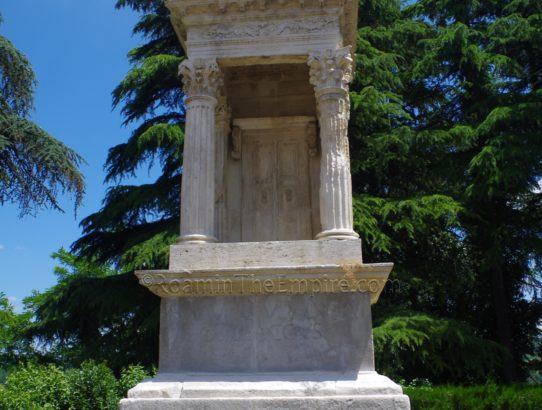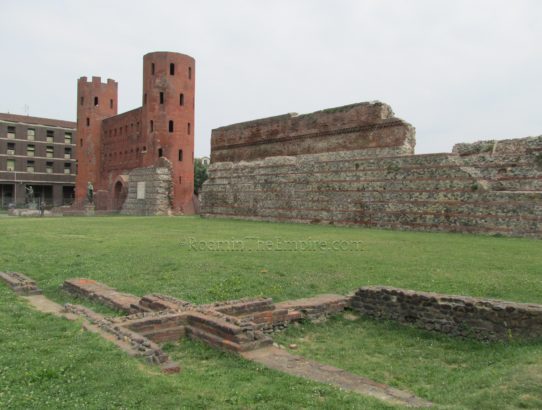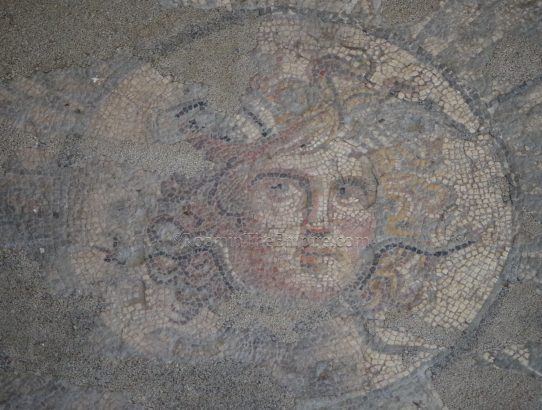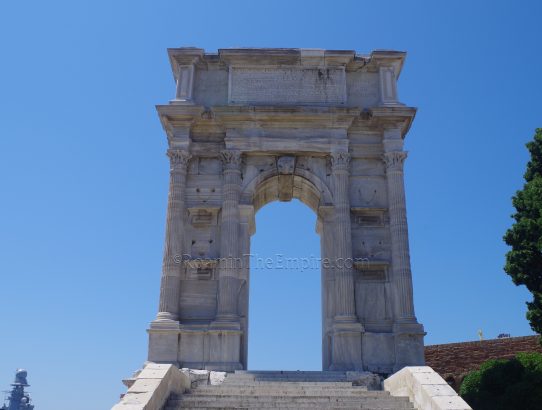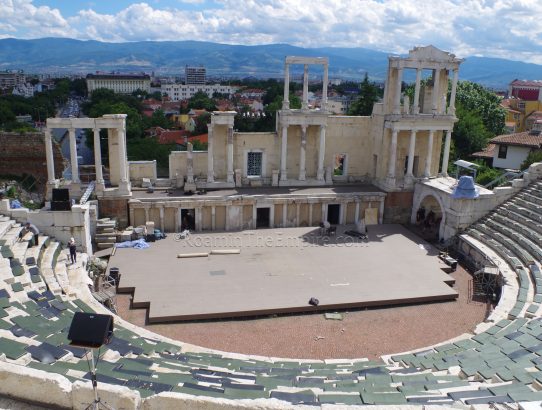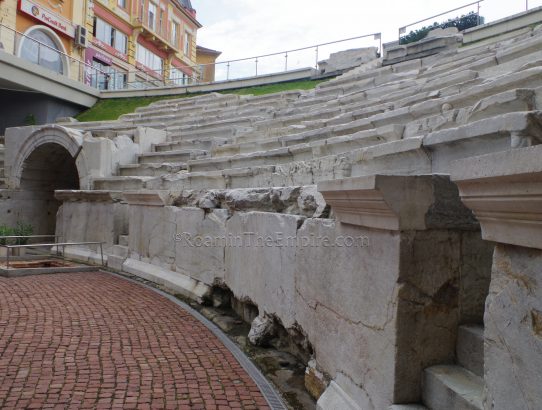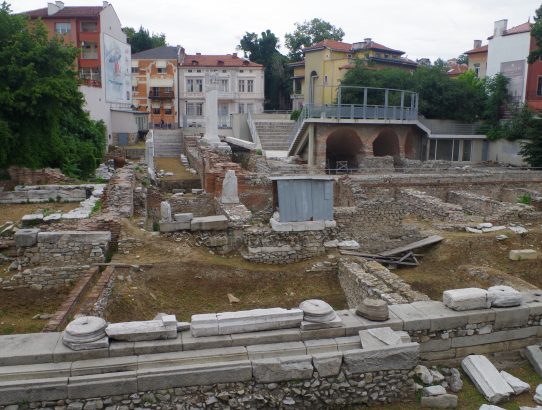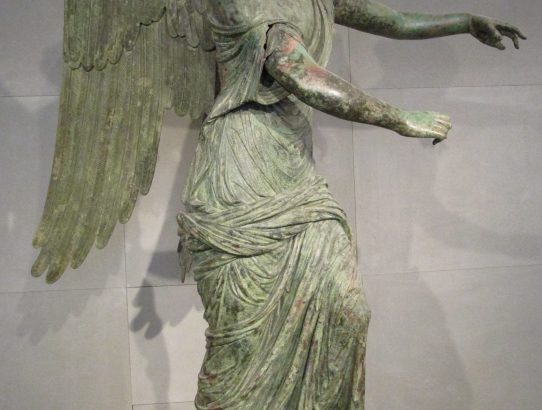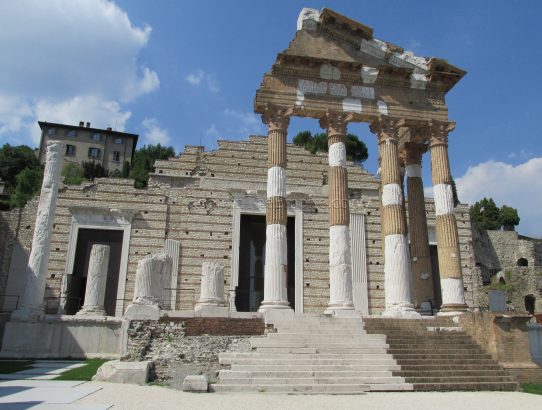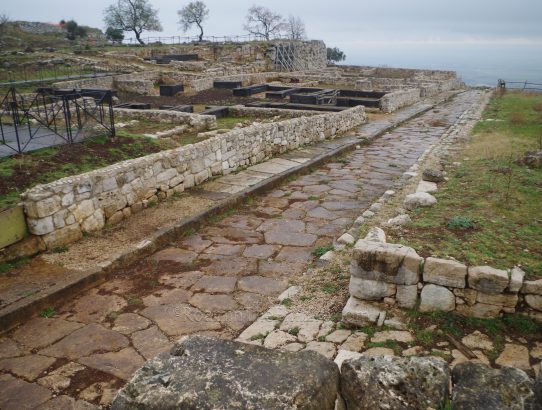Sarsina, Umbria
Located in the Apennine foothills of Umbria along the banks of the Sapis river (modern Savio) sat the ancient settlement of Sarsina. Also called Sasina in antiquity, the modern town of just a few thousand retains the ancient name. Prior to Roman hegemony, the settlement was located in the territory of the Sarsinates, who seem…
Read More


